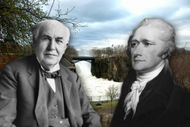New Jersey: The Birthplace of American Industry and Innovation
By on Sep 11 2017
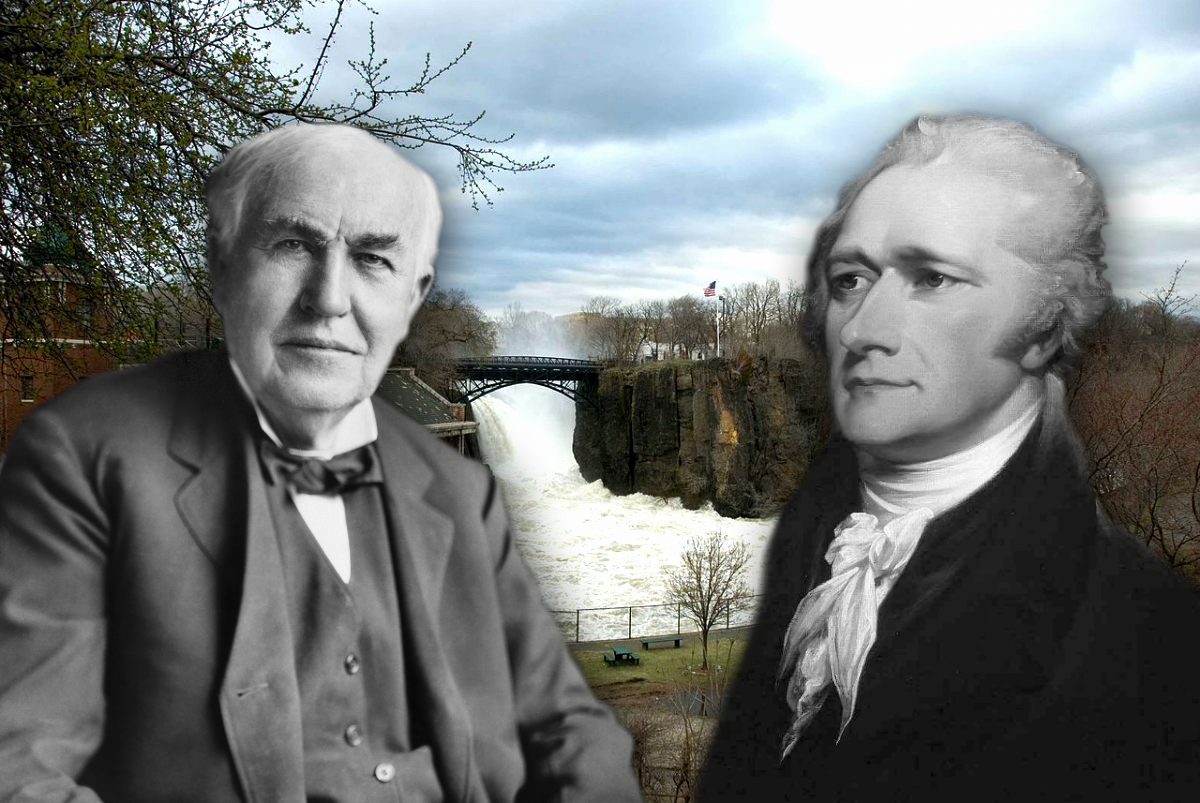
When we think of American innovation and technological advancement, California is really at the forefront of our minds. In this day and age, Silicon Valley is where it's at: Apple, Tesla, eBay ...from Fortune 1000 companies to small-scale tech start-ups, there's no denying the innovation and entrepreneurship in Northern California.
But the center of American innovation wasn't always so ... west. Well before the coining of Silicon Valley " in the 1970s, New Jersey reigned as the nation's hub for innovation and industry.
Revolutionary Times in America
Towards the end of the 18 th century, Alexander Hamilton initiated New Jersey's transformation.
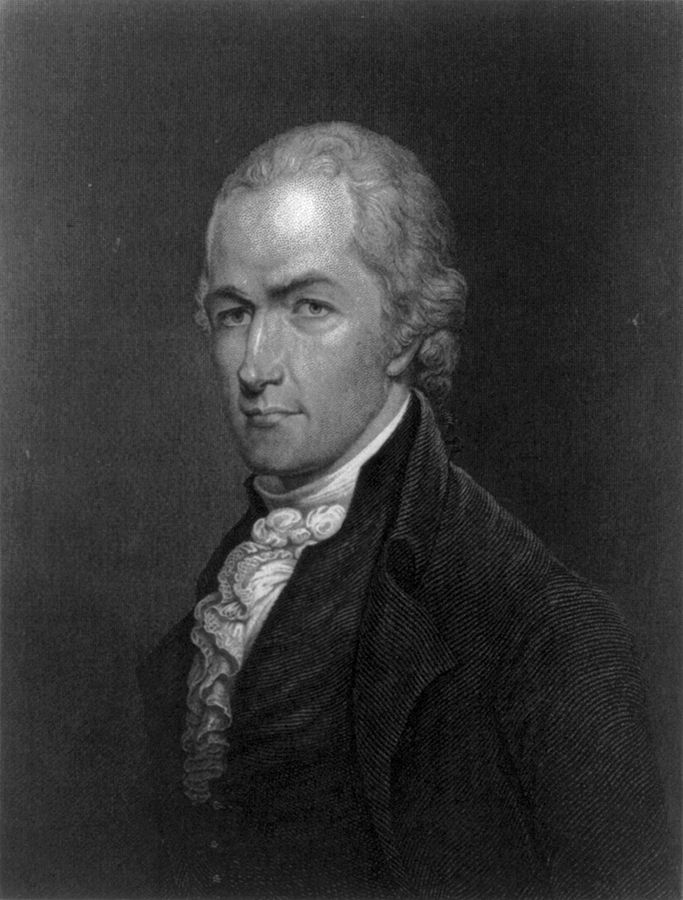
Post-Revolutionary War, Hamilton promoted his economic views. He believed the United States needed a strong industrial system to better gain financial independence and become a global presence. As Secretary of Treasury, he continued to advocate for the manufacturing industry (during the Colonial era, English law prohibited this).
Treasurer Hamilton's ideas were extremely influential in laying the groundwork for U.S. manufacturing. In 1791, Hamilton and several entrepreneurs from New York and Philadelphia together helped form the Society for the Establishment of Useful Manufactures (S.U.M.). This private industrial corporation's charter called for the society to both manufacture and trade goods.
In 1792, S.U.M. purchased 700 acres of land above and below the Great Falls in New Jersey. Here, S.U.M. established the city of Paterson, America's first planned industrial town.
New Jersey was a prime location for manufacturing because of its close proximity to both New York City and Philadelphia. S.U.M. selected Passaic Falls for a number of reasons, including the access to raw materials, dense habitation, and access to water power from the falls of the Passaic.
Despite initial difficulties, Paterson became a booming town. The first cotton mill was built shortly after it was purchased and the first raceway was built in early 1794, allowing the people to utilize the power of the river. A second cotton mill, powered by water, was opened late that same year.
More raceways meant more extensive access to water, which in turn allowed for more mills to be built. Manufacturing in Paterson became more diversified. Besides textiles, the city also began producing railroad locomotives, paper, rope, hemp, and firearms. Samuel Colt, for example, first began producing firearms in Paterson, New Jersey, before moving to Hartford, Connecticut.
Paterson, New Jersey became the cradle of American Industry.
Industrial Revolution
The height of Paterson's industrial strength came in the 1890s. Silk production, in particular because of the dominant industry , which earned Paterson the nickname Silk City. " In 1913, Silk City " became a focal point for the labor movement when silk mill workers went on strike for six months. They petitioned for better working conditions and an eight-hour work day. Although it failed, it garnered national attention and contributed to later improvements in working conditions.
But Paterson, with its silk, textiles, and locomotives, wasn't the only part of New Jersey to experience successes in innovation.
Newark became a center for leather tanning and the manufacturing of finished leather goods. Trenton became an important hub for iron works, ceramics, and rubber and was the nation's tire capital " up until the end of World War I. Businesses in Camden included milled products, pork sausage, candles, manufactured carriages and wagons, leather goods, and shipbuilding.
Such business activities created a natural landscape for innovation that exploded in the 19 th century.
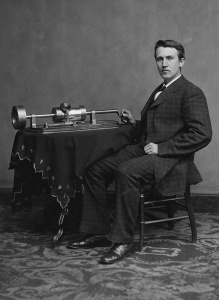
Shining a Light on Innovation
Thomas Edison first came to New Jersey in 1867. In 1870, Edison set up shop in Newark where he really began his career inventing. Several years later, he moved a bit south to Menlo Park a part of Raritan Township, Middlesex County, New Jersey. His invention of the phonograph was so unexpected and so renowned that he earned the title, "The Wizard of Menlo Park."
Edison, with his more than 1,000 patents, did exceptional work. He quite literally created the modern lab. His lab in Menlo Park was the first industrial research lab specifically set up to produce constant technological innovations and improvements.
So not only did Edison invent the lightbulb, his developments also led to a light bulb going off of inventing, innovation, and industry. Edison, New Jersey became the place to go if you fancied yourself an inventor.
A Place to Call Home and Business
In the century following Thomas Edison came Bell Labs where a group of scientists would revolutionize the field of electronics with their discovery of the transistor.
Bell Labs originated in the late 19th century as the Volta Laboratory and Bureau created by Alexander Graham Bell. In 1925, Western Electric and AT&T were consolidated to form Bell Telephone Laboratories, Inc. While founded in New York in the 1940s, Bell Labs spread out over several sites in the middle of New Jersey. It was in these facilities where scientists created many of the technologies that paved the way for 20th-century inventions.
Putting the Silicon in Silicon Valley
One of the biggest discovery was the transistor AKA the root technology of all silicon chips.
So, if the root of all silicon chips came from New Jersey, you might be wondering why Silicon Valley is in California. Why not New Jersey?
NPR actually raised this question in an all things considered segment, which you can find here. Stuart Leslie, a professor at Johns Hopkins, studies the history of science and technology. He says that it should have:
"If you were going to place a bet on whether it was going to be New Jersey or Northern California and you placed that bet, say, in 1950, where would you put your money? You'd obviously put it on New Jersey."
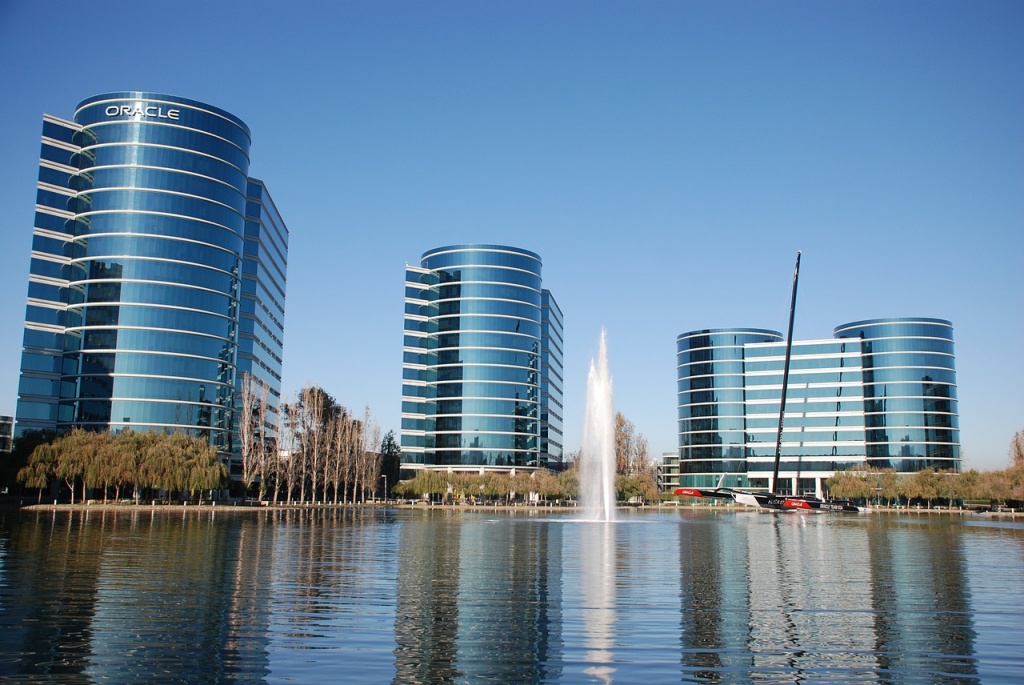
But the reasons why it didn't happen in New Jersey, Leslie reasons, have to do with western migration and east coast business practices. As Leslie puts it, the East Coast had become "insular, isolated, self-contained." Companies like Bell Labs demanded employee loyalty. New Jersey law also supported anti-competitiveness that made it exceedingly difficult to take what you learned from one job and use that knowledge to start your own company.
In California, by comparison, the ideology is nearly reversed: staying at a company for 5 years or more is unusual. What's not unusual is the idea that you might start your own business.
This is not to say that innovation in New Jersey is dead. According to CompTIA, New Jersey ranks 11th among the 50 states for tech industry employment in the US.
Places like Paterson may just be a shadow of their former 18 th-century self, but they still have a lot to offer. The Great Falls are now a National Landmark and the power and raceway systems are a National Civil and Mechanical Engineering Landmark.
By preserving the Great Falls/S.U.M areas, we ensure that the history of early American innovation and industry can continue to live on.
Sources:
http://www.npr.org/sections/alltechconsidered/2017/06/05/531250084/before-silicon-valley-new-jersey-reigned-as-nations-center-of-innovation
https://www.nps.gov/pagr/learn/historyculture/the-birthplace-of-the-american-industrial-revolution.htm
https://en.wikipedia.org/wiki/Alexander_Hamilton
https://en.wikipedia.org/wiki/Thomas_Edison
https://en.wikipedia.org/wiki/Bell_Labs
https://en.wikipedia.org/wiki/Paterson,_New_Jersey
https://njbmagazine.com/monthly_articles/we-are-the-birthplace-of-american-innovation/


